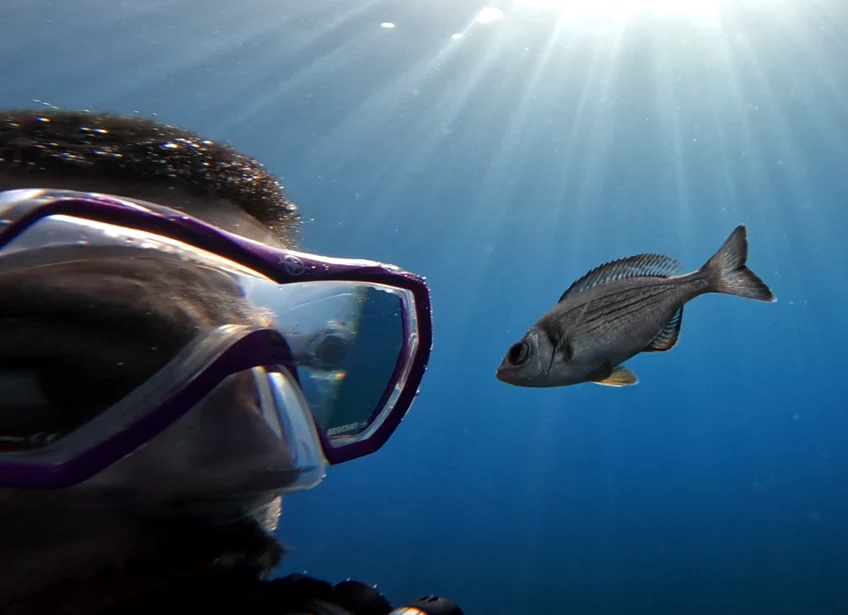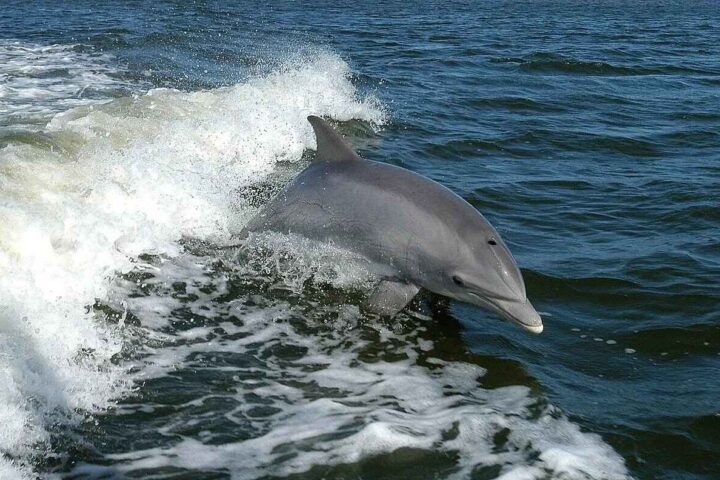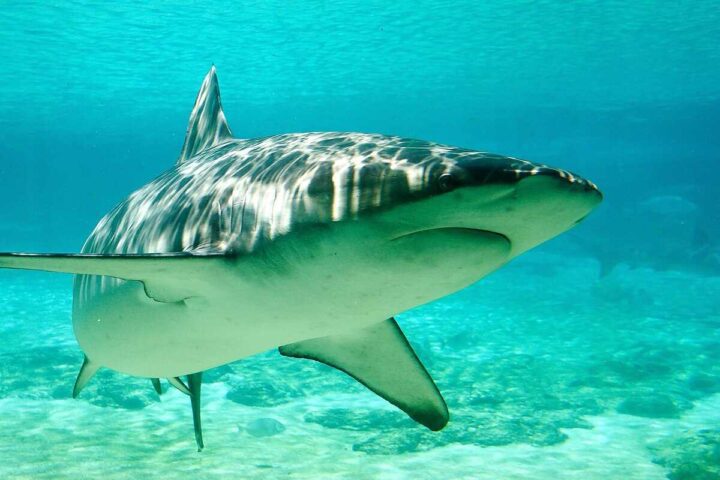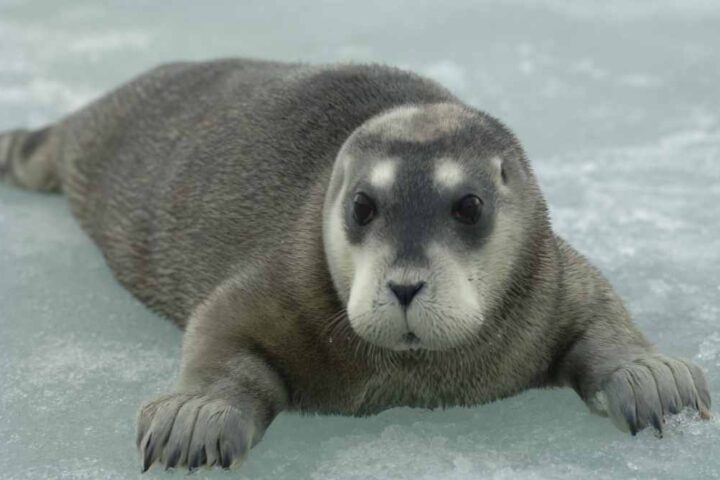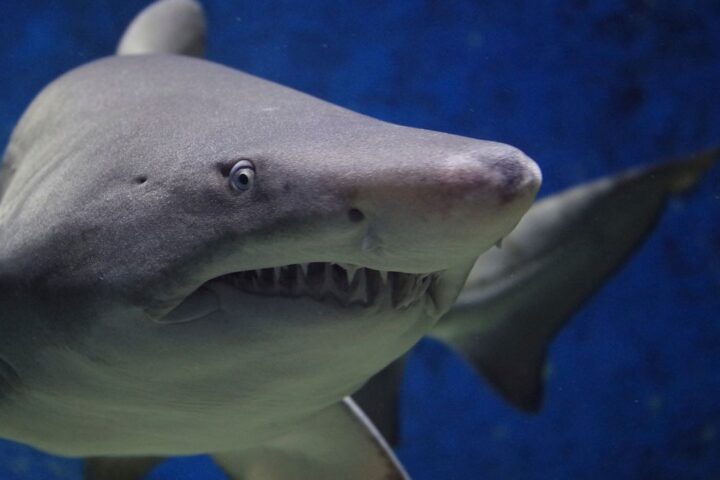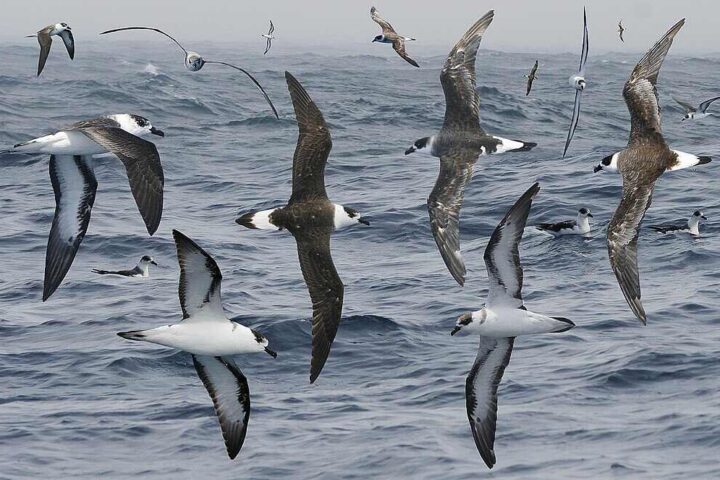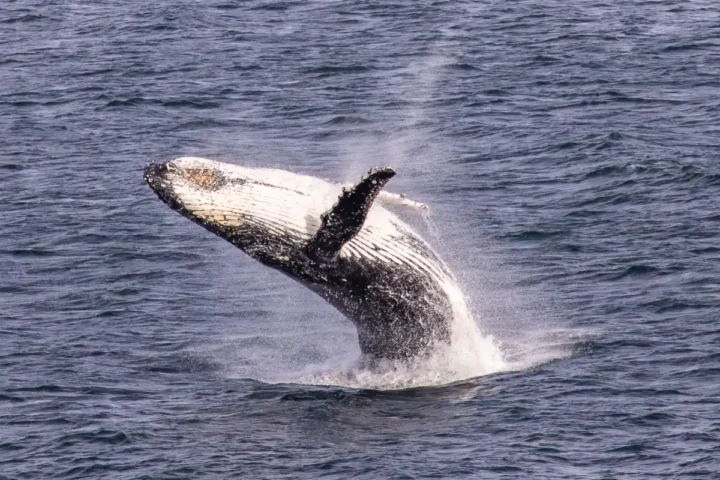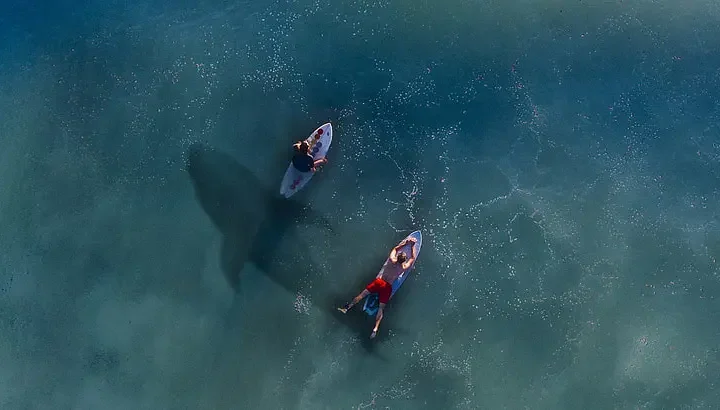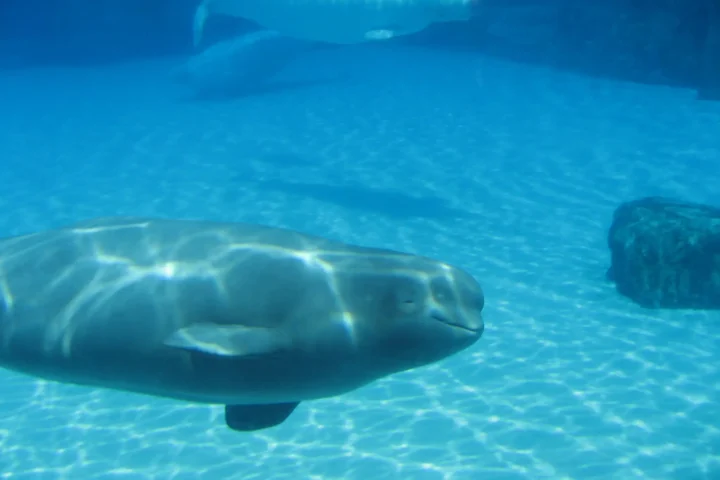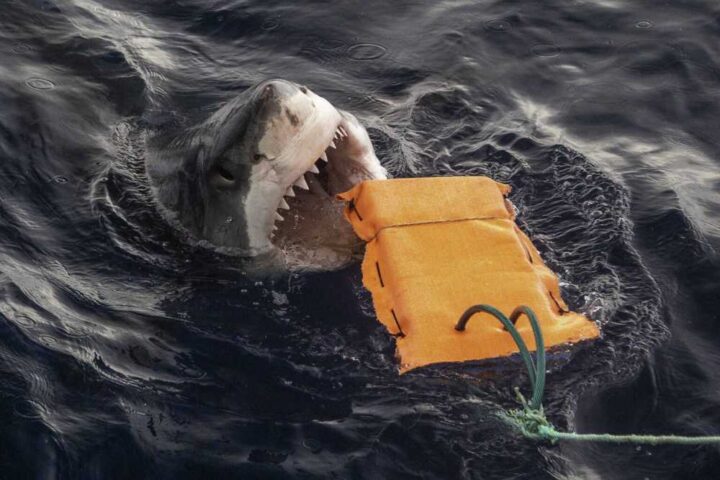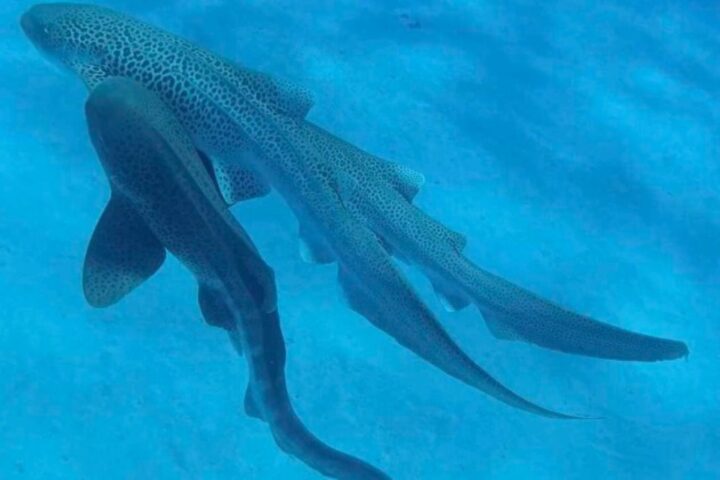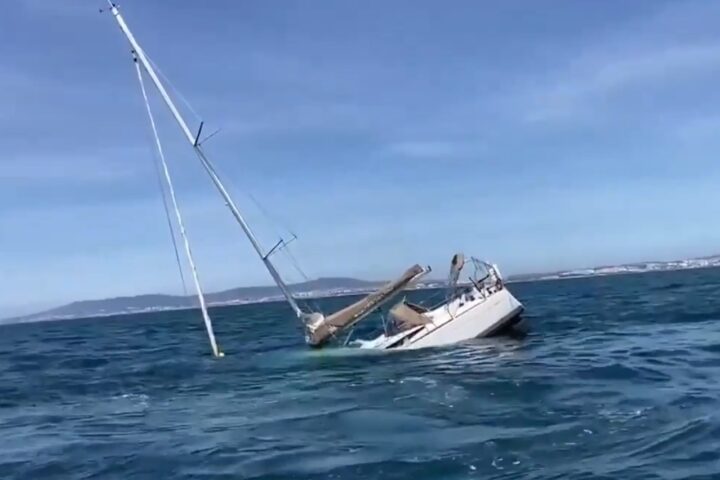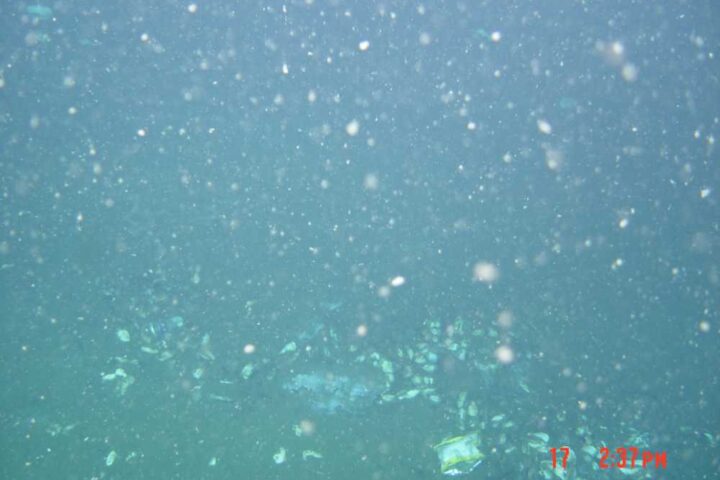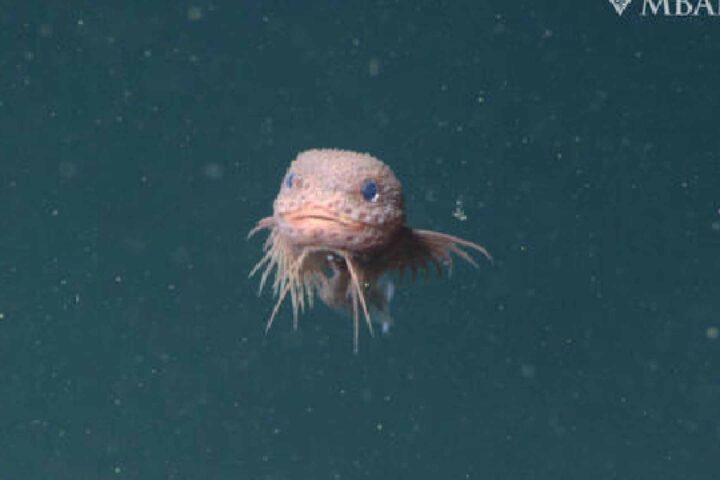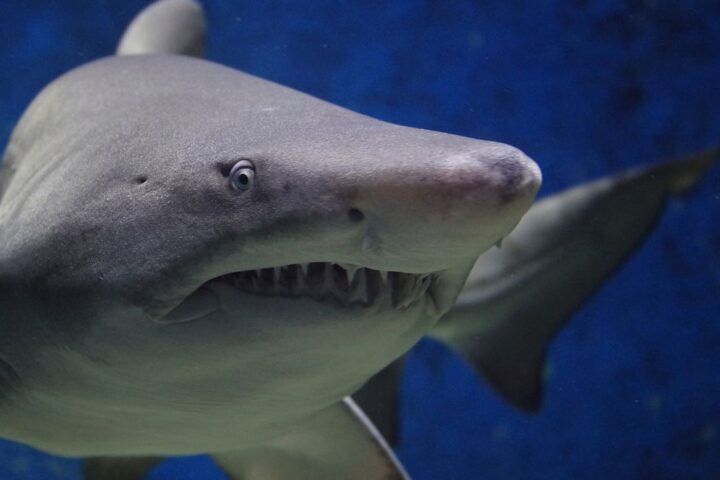Scientists have discovered something surprising about fish in the Mediterranean Sea – they can recognize which diver might feed them, similar to how many animals learn to associate specific humans with food rewards.
At a research site eight meters underwater, German scientists found that wild seabream fish could tell the difference between divers based on what they were wearing. This discovery came after years of noticing that these fish would follow certain divers who carried food.
The Fish Who volunteered
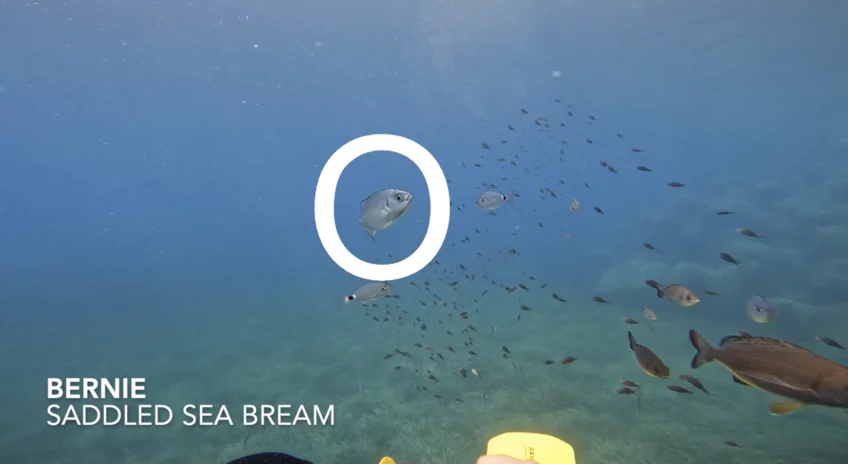
“Once I entered the water, it was a matter of seconds before I would see them swimming towards me, seemingly coming out of nowhere,” says Katinka Soller, one of the researchers who worked directly with the fish.
The research team tested this behavior carefully. First, they had Soller wear a bright red vest and feed the fish while swimming. Over time, she switched to regular diving gear but kept feeding them. After 12 days, about 20 fish would regularly follow her for food.
To make sure the fish weren’t just following any diver, the team ran a simple test. Two divers – Soller and her colleague Maëlan Tomasek – wore different colored diving gear and swam in opposite directions. Only Soller gave out food. While the fish initially followed both divers, they quickly learned that following Soller meant getting a reward.
The most telling part came when both divers wore exactly the same diving gear – the fish couldn’t tell them apart anymore. This showed that the fish were using the colors of the diving gear to recognize who would feed them.
Similar Post
“Almost all fish have color vision, so it is not surprising that the sea bream learned to associate the correct diver based on patches of color on the body,” explains Tomasek.
The Two Driver Test
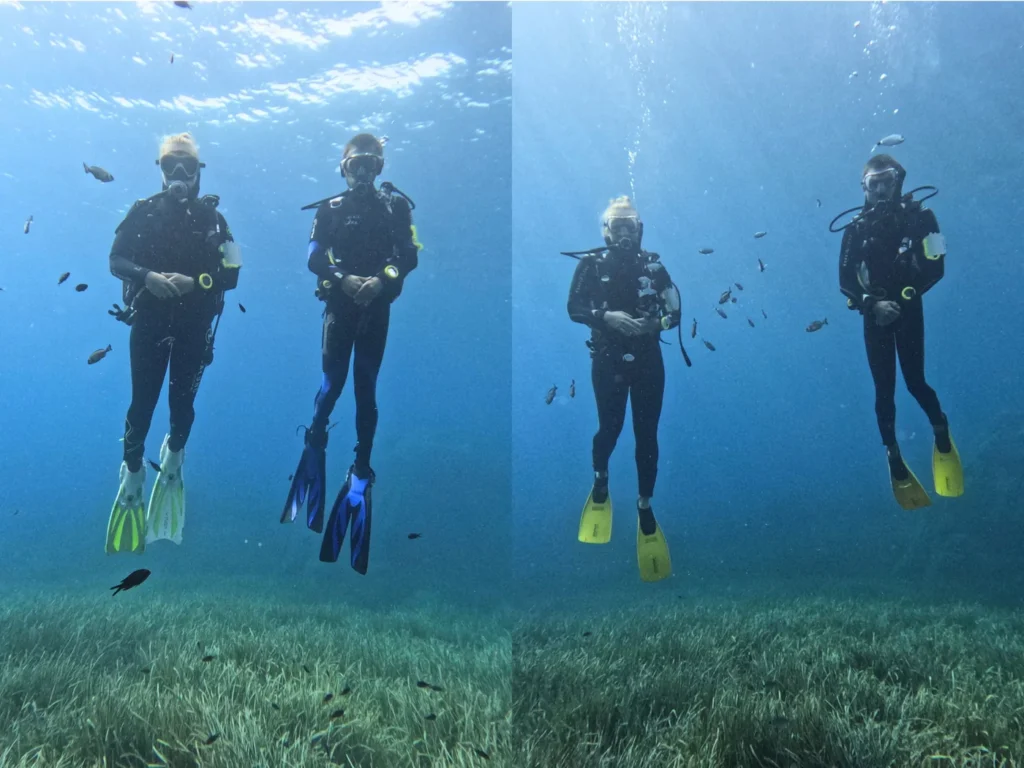
The fish even showed individual personalities. The research team could recognize certain fish by their unique features. They named one Bernie because it had two shiny silver scales on its back, and another Alfie because it had a small cut in its tail fin.

Alex Jordan, who led the research team, points out why this matters: “These animals navigate a complex world and interact with many different species every minute. The fact that they can recognize humans shows we might be underestimating how smart they are.”
This finding could change how we think about fish intelligence. While previous research has shown that some animals can recognize individual humans, this is the first time scientists have shown that wild fish can learn to recognize specific people.
The research team published their findings in the science journal Biology Letters. As Tomasek notes, “Now we know that they see us, it’s time for us to see them differently too.”
